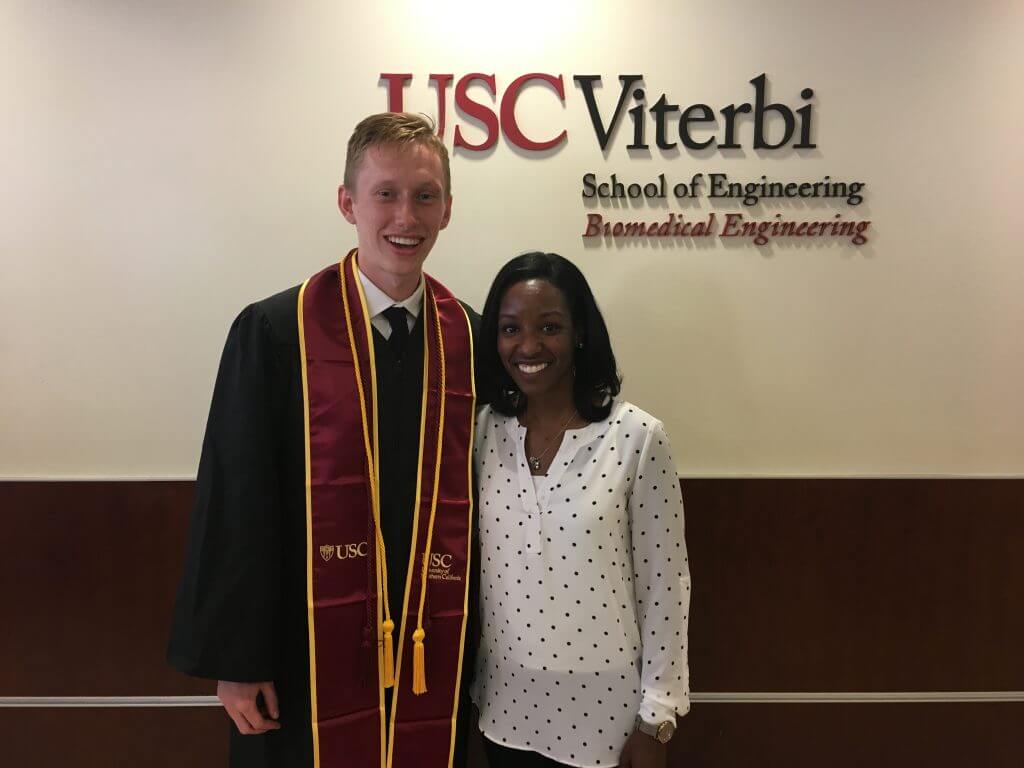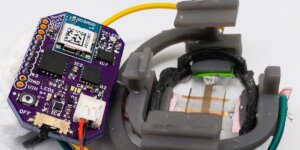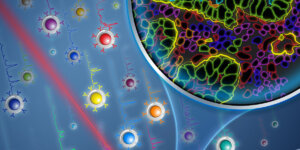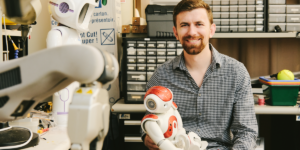
The tumor completely fills the lumen of a large bronchus, At this low magnification varied growth patterns are evident. Photo courtesy/Wikimedia Commons
Individual tumors respond differently to cancer drugs, if at all. Until now, it remained a mystery why tumors have different reactions to the exact same therapy. But a new study at the USC Viterbi School of Engineering finds that tumor growth properties can influence response to cancer drugs.
“Identifying a measurement or quantity that predicts how specific tumors will respond, called a predictive biomarker, is extremely valuable to cancer research,” said Stacey Finley, a USC assistant professor of Biomedical Engineering and co-author to the study. Finley, a Gordon S. Marshall Early Career Chair, is also a faculty member of the new USC Michelson Center for Convergent Bioscience.
Tumors exploit a biological process called angiogenesis, which is the formation of new blood vessels from pre-existing ones. In order to grow and multiply, tumors source nutrients delivered by this new vasculature. But tumor growth will slow down if proteins like vascular endothelial growth factor (VEGF), an angiogenesis promoter, are waylaid.

Lead author Thomas Gaddy ChE ’17 (L) and his research adviser, Assistant Professor Stacey Finley (R). Photo courtesy/USC Computational Systems Biology Laboratory
The research team used a computational model of tumor-bearing mice (verified by published experimental data) to investigate response to VEGF-inhibiting drugs and how this response is affected by tumor development. The model illuminated that certain properties of tumor growth help forecast whether drug therapy will thwart tumor expansion.
“We found that certain parameters about the way the tumor grows could successfully and accurately predict the response to anti-angiogenic treatment that inhibits VEGF signaling in the mouse,” Finley said. “Using the characteristics of the tumor’s growth, we can predict how effective the anti-angiogenic therapy will be, or whether the tumor’s growth will slow down, even before treatment begins.”
A next step in the research includes a mathematical model to simulate a virtual population of mice randomly assigned different tumor growth parameters. The model will mimic tumor growth with and without drug therapy– and be able to predict mice who respond to drug therapy (resulting in slower tumor growth) and mice with no effect. The research team will further use experimental data to validate the model’s predictions.
The study received funding from the US National Science Foundation. As well, the USC Provost’s Office provided support in the form of an Undergraduate Research Fellowship granted to the study’s lead author, Thomas Gaddy.
In addition to Gaddy and Finley, co-authors include Qianhui Wu and Alyssa Arnheim. The research, titled “Mechanistic modeling quantifies the influence of tumor growth kinetics on the response to anti-angiogenic treatment” is now available from PLOS Computational Biology.
About the Michelson Center for Convergent Bioscience
The USC Michelson Center for Convergent Bioscience brings together a diverse network of premier scientists and engineers under one roof, thanks to a generous $50 million gift from orthopedic spinal surgeon, inventor and philanthropist Gary K. Michelson, and his wife, Alya Michelson. At the Michelson Center, scientists and engineers from the USC Dornsife College of Letters, Arts and Sciences, USC Viterbi School of Engineering and Keck School of Medicine of USC are working to solve some of the greatest intractable problems of the 21st century in biomedical science, including a fundamentally new understanding of the cell and new approaches for cancer, neurological and cardiovascular disease.
Published on December 21st, 2017
Last updated on January 5th, 2018












